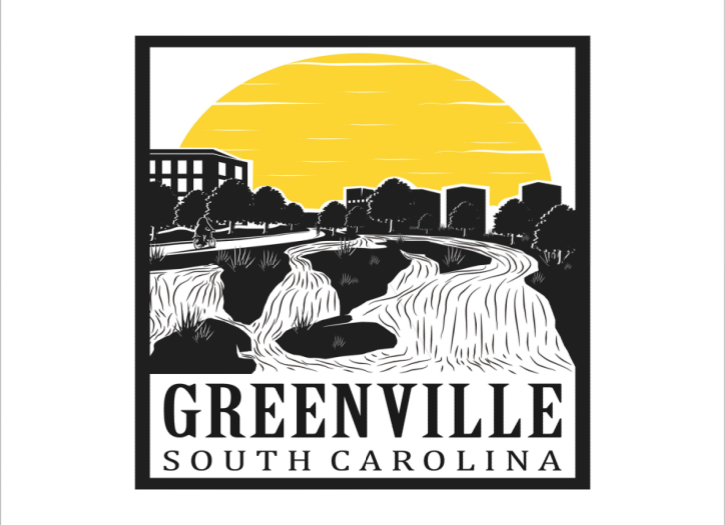Everyone says that Greenville, SC is the best place to live to raise a family. Everyone wants to move to Greenville, SC. Well, this is the kind of market that both Greenville City Council and Greenville County Council envisioned for Greenville, SC over 50 years ago. The top developers from all around the country have their eyes on Greenville and they come here to build subdivisions and commercial properties and yes, make a killing from the Greenville residential and commercial markets. Here in Greenville, SC, affordable housing remains a challenge for local leaders and developers alike, as the gap widens between what people earn and what they must pay to put a roof over their heads.
This is what “affordable housing” means for the average person – it is what a household can afford and still have enough money left over for necessities such as food, transportation, and healthcare. The Federal Government defines it as housing that costs no more than 30% of a household’s income. Right, now the minimum wage in South Carolina is $7.25 with that kind of income and working 40 hours a week – an affordable housing cost should be no more than $377 a month. The average apartment in Greenville for a studio apartment is $757,00 and a 1- bedroom is $806, and a 2 -bedroom is $940 a month. The National Low Income Housing Coalition states, that in reality, it takes two minimum wage jobs to afford a studio apartment and almost three minimum wage jobs to afford a 2-bedroom apartment. They go on to say that the average renter in South Carolina earns $13.97/hour. If the renter wants to live comfortably, they need to earn $14.56/hour for a studio apartment, $15.50/hour for a one-bedroom, and $18.80 an hour for a two-bedroom apartment.
Who is the most affected by the rising rent prices in Greenville, SC? The people who are the largest income earners and often make the lowest pay. These incomes include: waiters, waitresses, fast food workers, home health and personal care aids, teaching assistants, retail salespersons, nursing assistants, security guards, office clerks, landscaping and groundskeeping, and labors with freight, and stock material movers. Here is a list of the average rent prices per month for all units: Downtown Greenville $1,624.15, Eastside Greenville – $1,161,23, Greer – $1,170.55, Simpsonville – $1,271.71, Pendleton – $ 531.52, Central Spartanburg – $1,051,15 and Mauldin – $1,232.87. You must remember that when the market goes up – prices rise to the point where renters and prospective buyers are pushed out of the running. When home prices go up then property taxes normally rise too. This is a very big problem for Senior and others on a fixed income. The Executive Director of The Grenville County Redevelopment Authority, Mr. John Castile says, “We’re often seeing a situation where older landlords who may not have children who want to take over the properties are deciding to sell, to take the payout because the market is so good right now”. When that happens, you see the properties flipped and sold or otherwise upgraded, and then rent goes up dramatically. So, then you have renters who have lived a house practically their whole lives and because they have limited financial capabilities to pay the increase in rent or to purchase the property out right. They are forced out of the neighborhood and there is an emotional side to being priced out. The problem comes with much greater economic implications. So, without affordable units for full-time workers the city can not grow.
Bryan Brown the President and CEO of the Greenville Housing Fund, said that when private, profit driven companies are worried about affordable housing that’s when everyone should perk up and take notice. “The reason the private sector is interested in working with us on these affordable housing strategies is, for one thing, it’s good for the community, but from a financial perspective, it’s good for business.” The President and CEO of Lighthouse Living, David Mann, is leading multiple developments in and around Greenville including the McClaren, the large complex rising over Academy Street, with percentages of units carried out for affordable housing for the city’s working class. “You’re talking about firefighters, teachers, policeman, nurses, restaurant General Managers, waitstaff, college grads just starting out.” Mann said, “They’re not going to want to constantly commute in and if they only people who live there are the ones who make a lot of money, who’s going to take the jobs that support the hyperlocal company?” You start to see the problem that is very evident for the last two years a staffing shortage particularly in the service industry.
A study from the Center for Housing Project aptly titled, “The Role of Affordable Housing in Creative Jobs and Stimulation Local Economic Development, found that cities like Greenville which have seen strong growth in recent decades might see that growth stall or even reverse as more workers choose to live and work in outlying communities with a lower cost of living, “Without a sufficient supply of affordable housing, employers – and entire regional economics can be at a competitive disadvantage because of their subsequent difficulty attracting and retaining workers, “ the study found. We are seeing this where people will work in Greenville or Spartanburg and live in Anderson, Pickens, Laurens, Oconee, Union and other counties with a lower cost of housing and living. Greenville is like the industrial part of the Region, and it is being priced out of the reach of the average worker. We need to focus more on affordable housing for everyone and housing that is income-based for all citizens no matter their age, sex, National Origin, sexual orientation, or ethnic background. All American citizens deserve a decent house to live in and raise their family. This is one of many problems facing Greenville County and others in the next decade. Let’s try to stay abreast of what is happening around us and inform our relatives and neighbors about what is going on in Greenville County in regard to housing.







Do they accept section 8 I’m from Ny
There are agencies that do accept Section 8 here in Greenville, SC – like Homes of Hope Inc. 3 Duncan St. Greenville, SC and Greenville Housing Authority 112 Edinburg Ct. Geenville, SC and Nicol Town Green 200 Clark St Greenville, SC.
Very hard to find someone to accept section 8, bc of previous tenants. We are not all the same
I do understand that everyone is not the same but, you have to try every agency and let the couselor know what is going on with your particular situation. They will help you get into the place that is the best fit for you. You can not give up and think that no one cares. There are people out there who do care about you and they want to help you find the right place to live. I can give you a list of places to call and inquire about Section 8 if you want. Just let me know.
It’s a shame renting has went up.But our wages never changed.